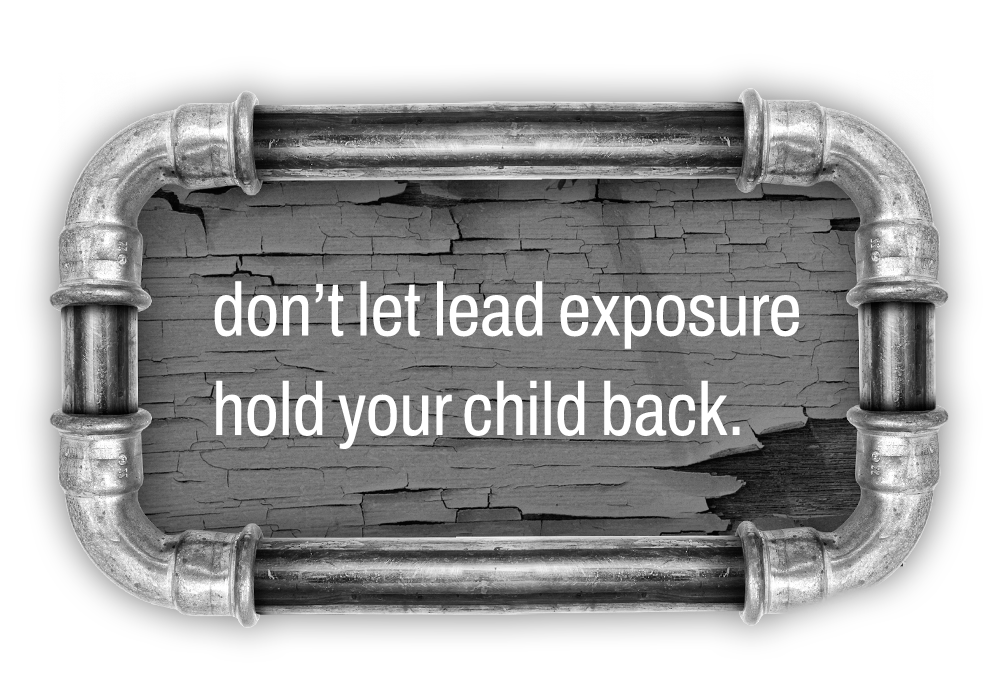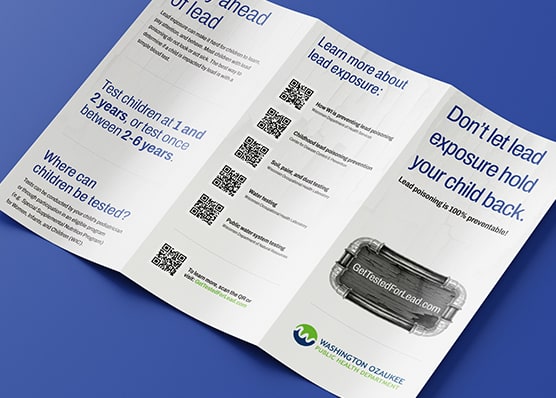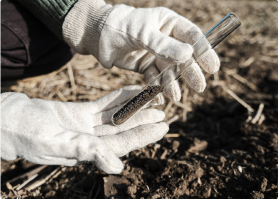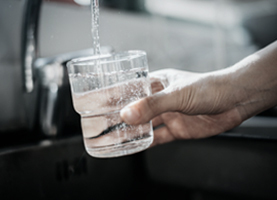Lead poisoning can affect a child’s developing brain and health but it’s 100% preventable. The best way to determine if a child is impacted by lead is with a simple blood test. Children should be tested for lead at 1 and 2 years old, or at least once between 2 and 6 years old.

Lead is a naturally occurring metal that can be found in the soil and in other items. Research shows that swallowing or breathing in lead dust or fumes is toxic. Lead can be found in paint and varnish in homes built before 1978. Since lead is soft, it was previously used to make pipes, which is why it can be found in drinking water. Prevention measures should be followed to reduce the risk of lead exposure. Common sources of lead include:
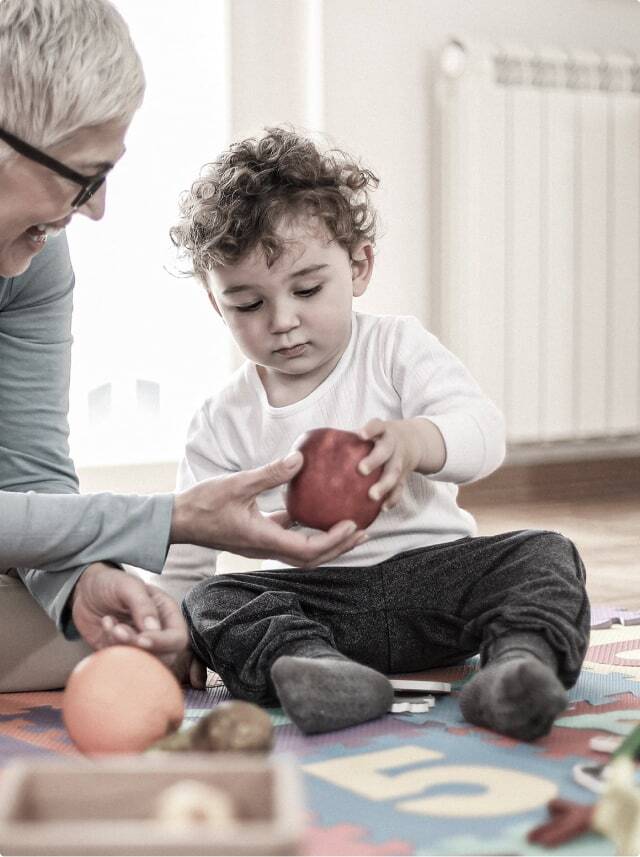
Paint and varnish in homes built before 1978
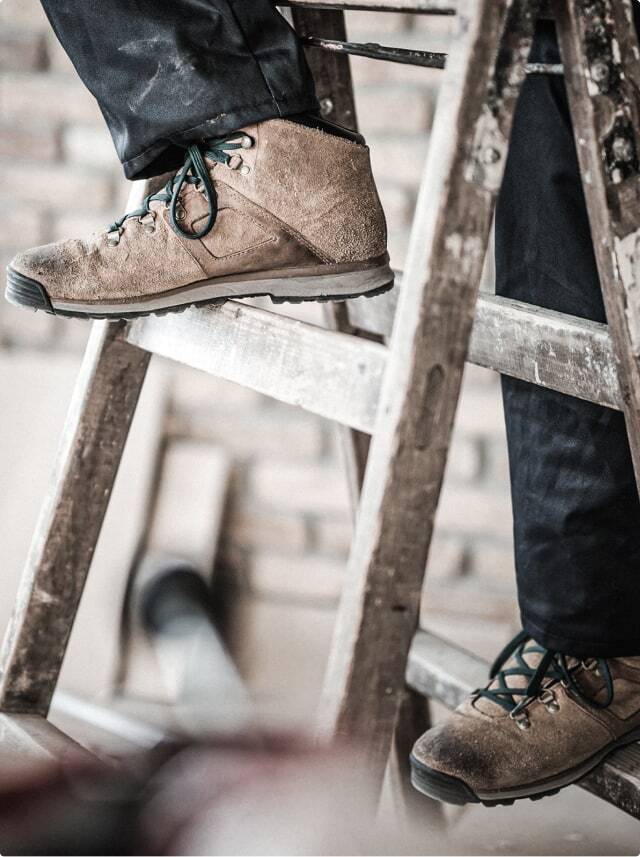
Items brought home from a workplace where lead is present

Some soil and tap water

Souvenir items or toys made in other countries
- Difficulty learning
- Delays in development
- Reduced attention span
- Irritability
- Fatigue
- Weight loss
- Hearing loss
- Seizures
- Loss of appetite
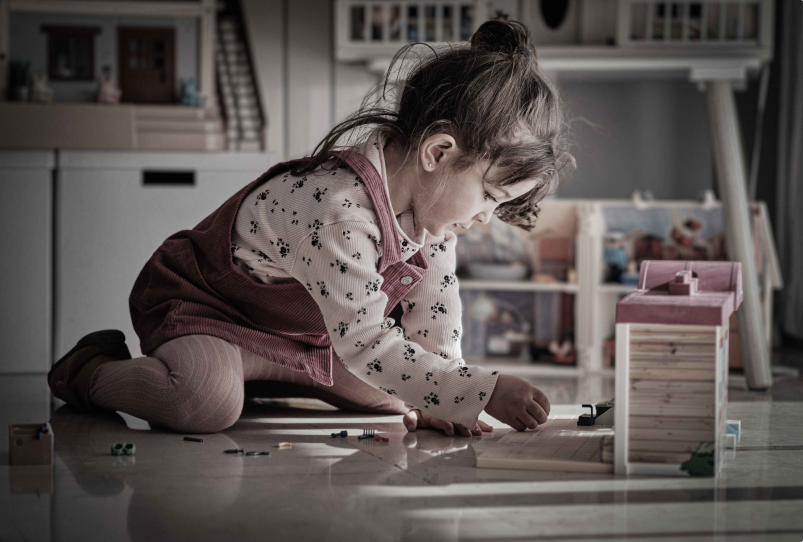
Play safely
- Keep children away from chipping paint or varnish
- Wash hands frequently, especially before meals, naps, and bedtime
- Dispose of recalled toys (recalls posted at: www.cpsc.gov)
- Wash toys and pacifiers regularly
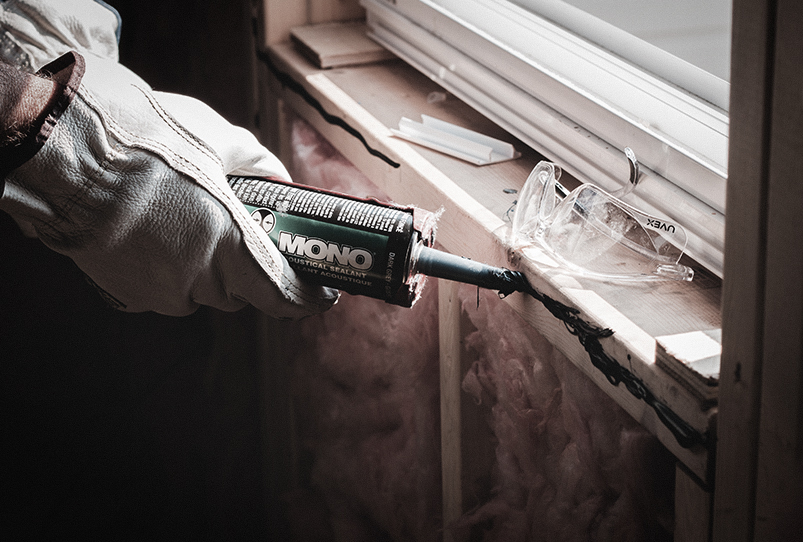
Renovate safely
- Use contractors certified by the State of Wisconsin
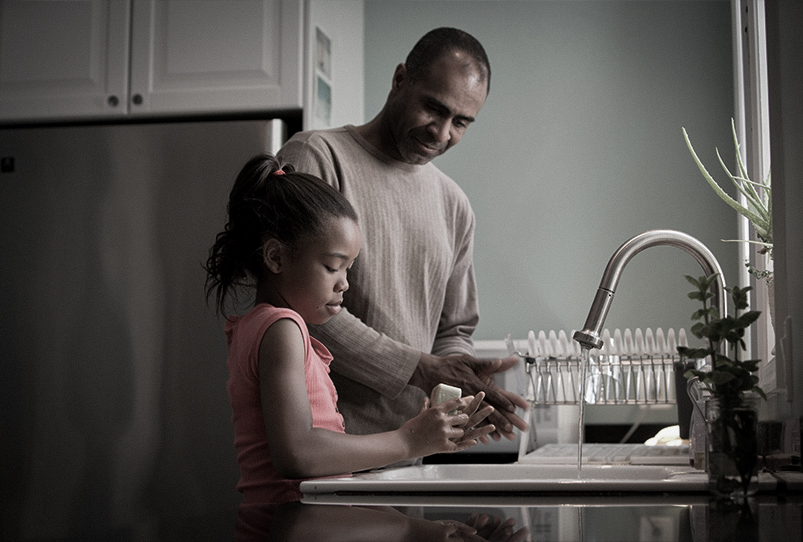
Live safely
- If you have lead in your water, use bottled water or purchase a water filter that removes lead.
- If someone in the house works with lead, they should change clothing and shoes before coming inside, leave work gear outside, shower once getting home, and wash work clothes separate from other laundry.
How to Get Your Child Tested for Lead
If you have a pediatrician, contact them to schedule an appointment.
If you don’t have a pediatrician or you live outside of Washington or Ozaukee counties, contact your local WIC clinic or health department. If you live in Washington or Ozaukee counties, sign up for a testing clinic.
As a reminder, you should have your child tested for lead at 1 and 2 years old, or at least once between 2 and 6 years old.
Complete this form if you have any lead-related questions.
Sign up for a local testing clinic
121 W Main St, Room 246
Port Washington, WI 53074
Open: Monday, Tuesday, Thursday
333 E Washington St, Suite 1100
West Bend, WI 53095
Open: Tuesday – Thursday
Closed: Third Wednesday and Thursday of each month

